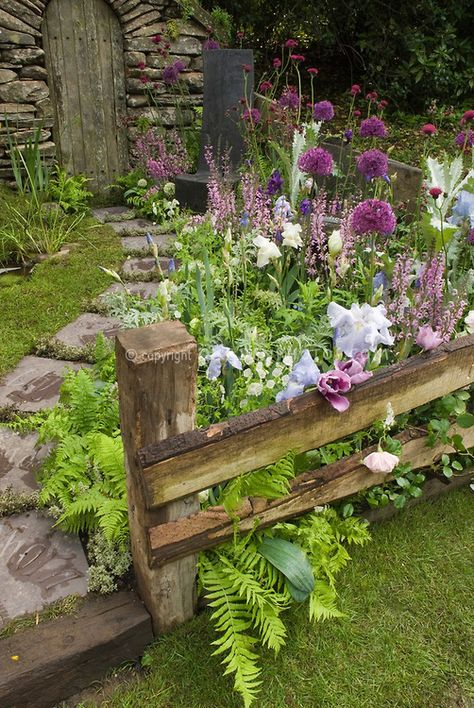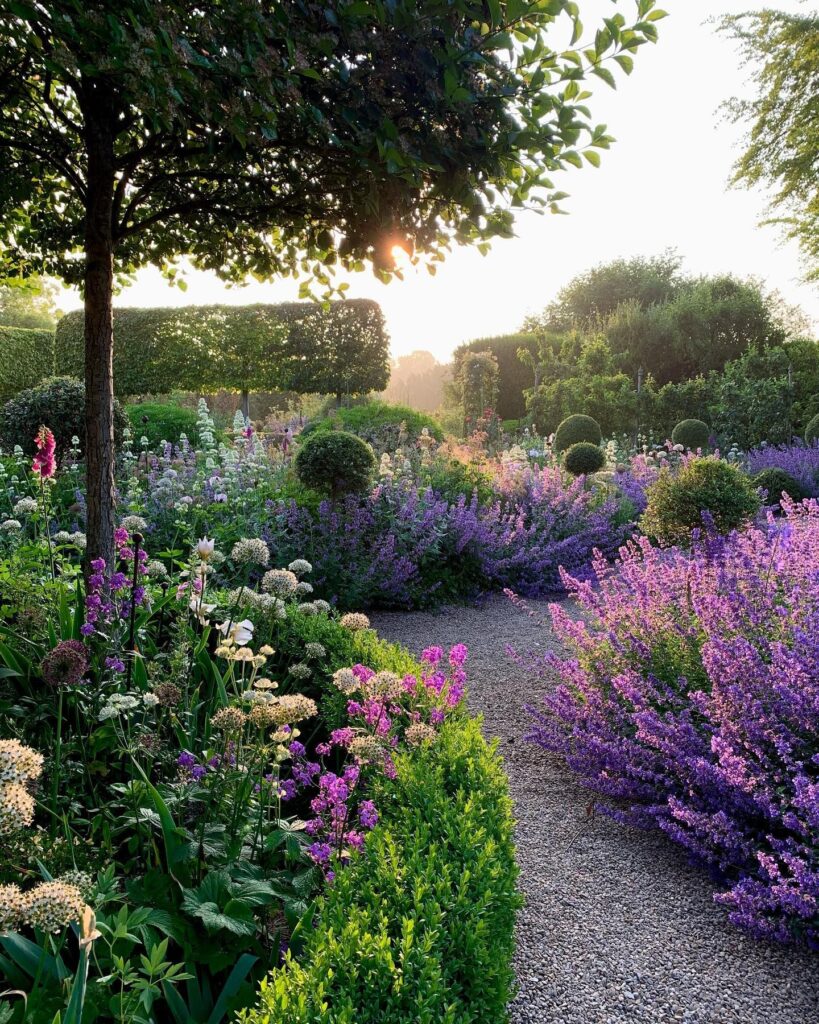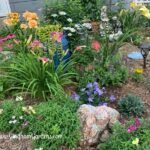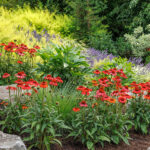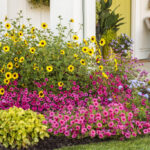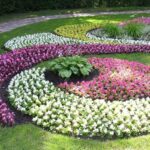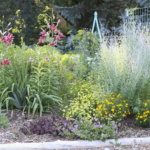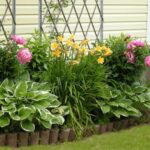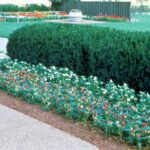Flower gardens are a wonderful addition to any outdoor space, providing a burst of color and beauty that can lift the spirits of anyone who beholds them. When designing a flower garden, there are several key factors to consider in order to create a visually appealing and cohesive space.
One important factor to consider when designing a flower garden is the layout and shape of the garden bed. The shape of the bed can greatly impact the overall appearance of the garden, with curved or free-form shapes often providing a more natural and flowing look, while straight lines can create a more formal and structured feel. The layout of the garden bed should also take into account the size and shape of the space, with larger gardens often benefitting from a more expansive and varied layout, while smaller gardens may be better suited to a more compact and contained design.
In addition to the layout of the garden bed, the selection of flowers is another crucial element of flower garden design. When choosing flowers for a garden, it is important to consider factors such as color, texture, height, and bloom time in order to create a harmonious and balanced design. Mixing a variety of flower types, shapes, and colors can help to create visual interest and depth in the garden, while also ensuring that there is something blooming at all times throughout the growing season.
Another important consideration when designing a flower garden is the selection of plant placement and spacing. Grouping plants together based on their height, color, or bloom time can help to create a sense of unity and cohesion in the garden, while also allowing for easier maintenance and care. Proper spacing between plants is also important to ensure that each plant has enough room to grow and thrive, while also preventing overcrowding and competition for resources.
In addition to plant selection and placement, considering height and structure in the garden design is also important. Incorporating plants of varying heights can help to create depth and visual interest, while also adding structure and definition to the garden bed. Taller plants can be strategically placed towards the back of the bed to create a backdrop, while shorter plants can be placed towards the front to create a sense of foreground and depth.
Finally, incorporating elements such as pathways, borders, and focal points can help to tie the flower garden design together and create a polished and well-thought-out space. Pathways can provide access to different areas of the garden while also adding a sense of structure and organization, while borders can help to define and frame the garden bed. Focal points, such as a decorative statue or fountain, can draw the eye and create a sense of interest and intrigue in the garden. By considering these key factors in flower garden design, you can create a beautiful and inviting outdoor space that will bring joy and beauty for years to come.
